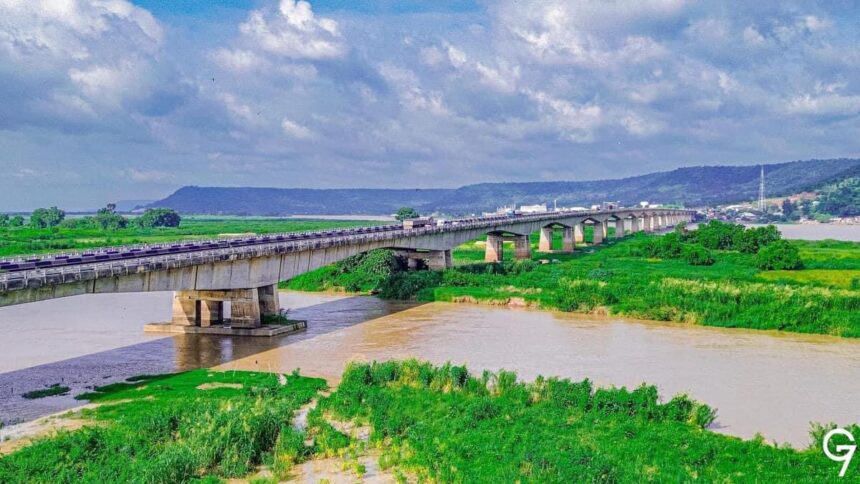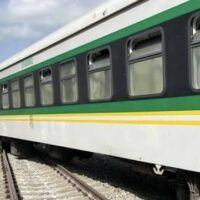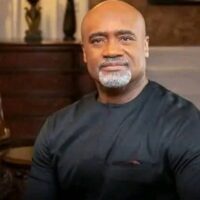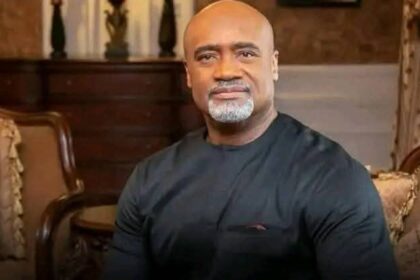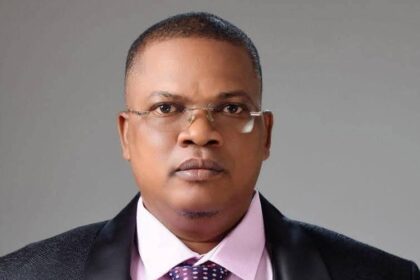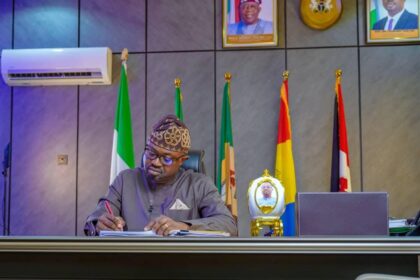Sixteen years after the unveiling of late Dr. Olusegun Agagu’s visionary blueprint, ‘Roadmap to Progress’, the Niger Delta still grapples with many of the same structural and developmental challenges his plan sought to address.
Despite increased federal allocations and various intervention programs, the region continues to lack critical road, portable water and power infrastructure, coordinated industrial growth, and transformative project for sustainable development. Youth empowerment remains limited, while unemployment in the region has continued to rise significantly
While states like Rivers and Akwa Ibom have achieved notable developmental progress, others still lag behind despite receiving billions of naira in allocations—a situation that many citizens and observers find deeply concerning.
Dr. Agagu’s tenure was marked not by loud rhetoric but by a clear, accountability and structured development agenda. His focus went beyond short-term projects; he envisioned a Niger Delta transformed by large-scale, strategic infrastructure—coastal roads connecting Lagos to Calabar which is presently embarked on by President Bola Tinubu’s administration, high-tension power lines enabling industrial growth, and policies built on economic sustainability. When the Niger Delta Development Commission (NDDC) presented their blueprint during a courtesy visit, attended by key figures like Dr. Mimiko and the then-Deputy Speaker —Agagu did not hold back. He reminded the NDDC leadership, including Onyema Ugochukwu and Aguariavwodo, that their emphasis on classroom blocks and palm kernel sheds fell far short of the founding vision. “That was never our plan,” he reportedly said. “Construct that coastal road and let governors plug their people into high-tension lines, then you’ll see real development.”
His administration was not perfect but his approach stands in stark contrast with today’s fragmented execution of development, where local governments, lawmakers, and agencies now celebrate solar-powered streetlights—projects more symbolic than transformative. The duplication of efforts and the diminishing ambition in current interventions underscore the gap Agagu tried to close.
If Dr. Agagu were in office today, with federal allocations to states nearly tripled compared to his time, it is almost certain his vision would go even further. He would likely revisit that original Niger Delta blueprint, pressing for macroeconomic infrastructure rather than tokenistic projects. In a time when governors have access to significantly more resources, his approach rooted in planning, impact, and long-term growth—would have turned Ondo into a model for the region. While his successors made strides—Dr. Mimiko in urban renewal and Akeredolu in security and road infrastructure and now the present governor, Lucky Aiyedatiwa—the absence of Agagu’s masterplan thinking left a noticeable gap.
His legacy teaches that development is not about how much is available, but what is envisioned and how effectively it is executed. Agagu’s “Roadmap to Progress” wasn’t just a political slogan—it was a blueprint that, if followed even today, could transform not just Ondo State, but the Niger Delta as a whole.
And perhaps, as one admirer said, even a vulcaniser with that roadmap in hand would be seen as a magician.
During his tenure as Governor of Ondo State, Dr. Olusegun Agagu initiated and completed several transformative projects, while others remained unfinished due to political transitions. Notable achievements included Agricultural revolution, education revitalisation, the dualisation of the Akure–Ondo road, expansion of rural electrification, and the establishment of the Olusegun Agagu University of Science and Technology (OAUSTECH) in Okitipupa. He also embarked on strategic infrastructure development such as the construction of the longest bridge in Ondo state, located in Ilaje land to link the riverine communities, and the Okitipupa–Irele bridge to enhance regional connectivity. A major highlight of his industrial vision was the creation of the Olokola Free Trade Zone, designed as a multi-billion naira industrial hub to drive economic transformation, attract investment, and create jobs in Ondo state.
His visionary approach and strategic investment in the Olokola Free Trade Zone initially attracted interest from the Dangote Group to site its refinery in Ondo State. However, the opportunity was mismanaged during the administration of Olusegun Mimiko, leading to the eventual relocation of the project to Lagos State.
However, despite their promise, projects like the Olokola zone, the full rollout of power infrastructure, Akure new Stadium and the some coastal road developments remained unfinished after his exit from office, reflecting both the magnitude of his vision and the limitations imposed by political change.
Late Dr. Olusegun Agagu was not just a doctor by title , he was a Professor of Geology, renowned for his academic excellence and contributions to the study of earth sciences before transitioning into politics. His extensive exposure to both local and national politics was undoubtedly a driving force behind his success in delivering effective governance.
Olusegun Agagu left government in February 2009. He was governor from May 2003 and re-elected in 2007 until he was removed by a court ruling in February 2009, which declared his initial election invalid. He was re-elected in 2007, but the court ruling nullified his second term as well.

